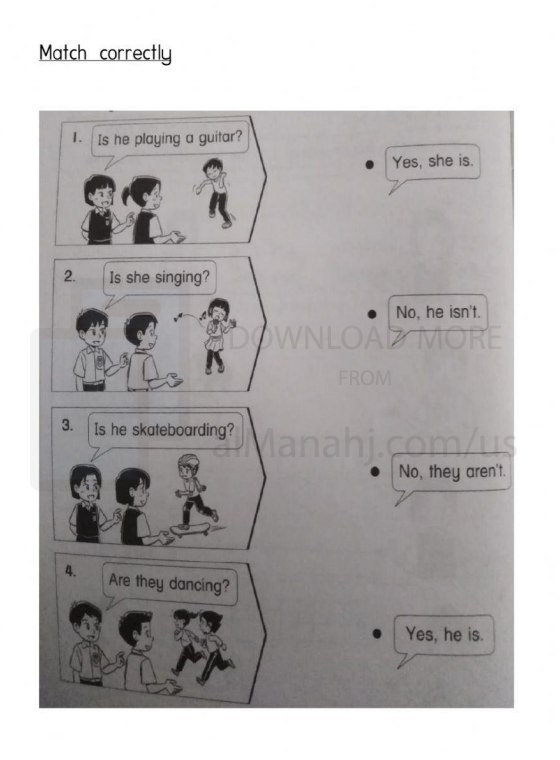| File info: Present Continuous Tense:
The Present Continuous tense, also known as the Present Progressive tense, is used to describe actions that are happening at the time of speaking or actions that are in progress at the current moment. It is formed using the present participle (verb + -ing).
Positive Statement:
In a positive statement, the Present Continuous tense is used to express an action that is happening now or around the current time. It shows an ongoing action or a temporary situation. The basic structure of a positive statement in the Present Continuous tense is:
Subject + am/is/are + verb (present participle form) + object
For example:
- I am studying for my exam.
- She is playing tennis.
- They are eating dinner.
Negative Statement:
In a negative statement, the Present Continuous tense is used to express an action that is not happening at the current time or a situation that is not taking place temporarily. The negative form of the Present Continuous tense is formed by adding "not" after the helping verb "am/is/are".
Subject + am/is/are + not + verb (present participle form) + object
For example:
- I am not studying right now.
- She is not playing soccer.
- They are not watching a movie.
Note: The contraction "am not" is commonly contracted as "amn't" in informal speech, but it is more common to use "am not" or "ain't" in negative statements.
It's important to note that the Present Continuous tense can also be used to talk about future plans or arrangements when combined with a future time expression.
Example:
- We are meeting with our friends tomorrow.
Overall, the Present Continuous tense is used to describe ongoing actions or temporary situations happening at the present time, and it can be used in both positive and negative statements to convey different meanings. |
